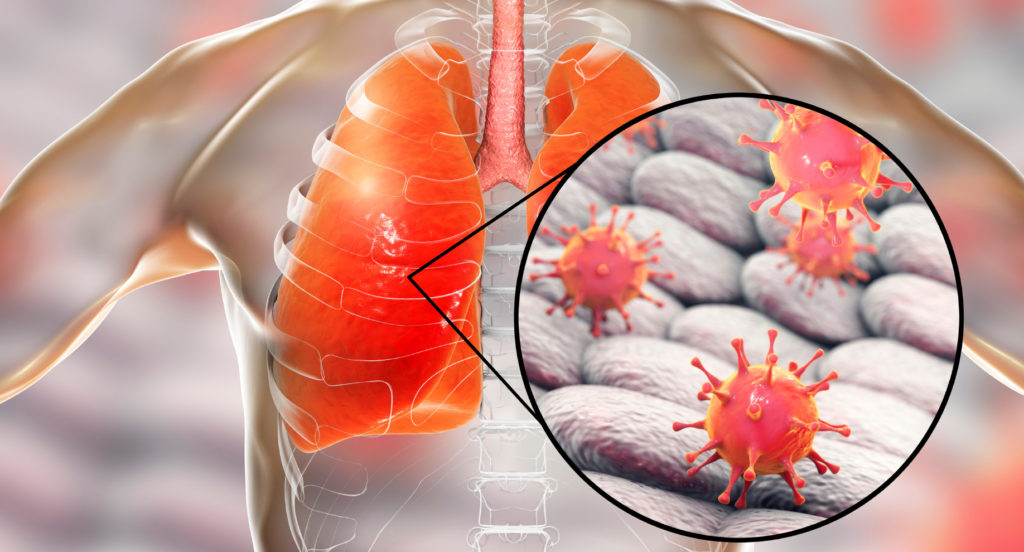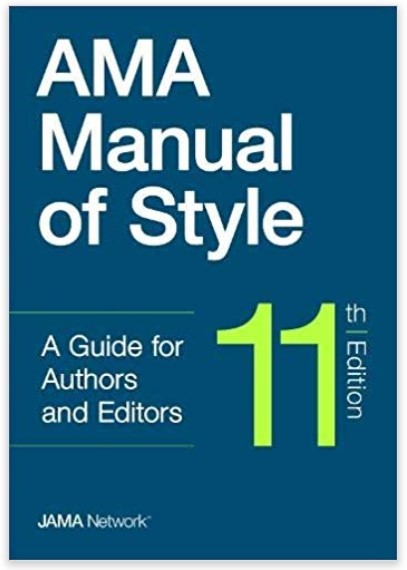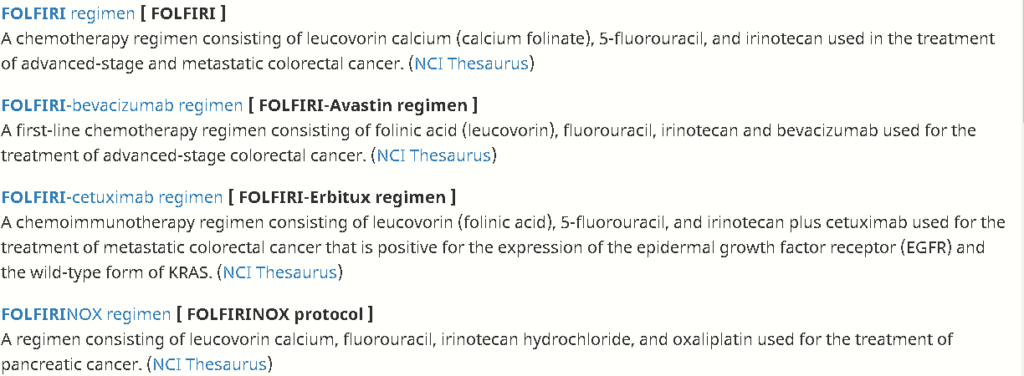You might know the definition of the word “excursion” as it relates to leisure activity. You may also consider its technical definition, which is to do with the movement of something along a path. I recall an unexpected delight once while reading some Prescribing Information. A statement about drug storage and handling indicated that the drug can be stored for up to 4 months at 25°C (77°F). The kicker for me was “excursions permitted to 15-30°C (59-86°F).”
Excursion? Sounds like that drug is in for a treat.
My earliest excursion into professional proofreading and copyediting occurred at a law firm. The required confidentiality agreement lit a fire in me as an initiation into specialized knowledge.
Good, I will know something I am not allowed to talk about.
Flushed with triumph, I sat down to read contracts, deeds, torts, and trusts. Page by page, section by section, paragraph by paragraph, unwieldy sentence by unwieldy sentence, clause by clause, parenthetical phrase by parenthetical phrase.
Confidentiality agreement? A few months into the job revealed that agreement to be a formality. I couldn’t have blabbed about any deals had I wanted to (putting aside the question of who would want to be told any of what I was reading). The baroque legal prose lent itself to pattern recognition instead of language comprehension.
Particular phrasing has stayed with me. Pursuant to. Indemnify, defend, and hold harmless. Any and all claims that arise from or relate to. Including without limitation. As herein before stated. Some terminology has migrated into general use, as when you overhear someone say into a phone, “Do your due diligence, dude.” As a synonym for “preparation,” there are worse choices.
Performing due diligence is a vital component of processing articles for JAMA Network journals. In manuscript editing, the biggest confidentiality issue is the embargoed proof. Knowledge across the specialty journals is not meant to be confidential (after publication). The spread of knowledge requires fixed meanings—or at least is greatly helped by it.
Words slip out of professional and into general use, and from general into professional (although I don’t know the origin of “excursion” in Prescribing Information). A migrated term can lend a patina of mindfulness—“curate” is no longer a member of the clergy in an Anthony Trollope novel but a thing one does on behalf of one’s own “brand”—which once meant the maker of cereal you preferred to eat but now means something like the self you present to the world. Word migration can veer into pretension, depending on your personal threshold.
We routinely consult the AMA Manual of Style to solve usage issues in preparing an article for publication. Changes in usage can be exciting. The manual is too sophisticated to be merely proscriptive; if you admire change, you will find plentiful discussion. If, however, you find yourself wishing to sample a lexicon with a heritage of stability, the AMA Manual of Style is at your service.
Your well-thumbed manual may focus your attention on references, usage, conversion factors, and abbreviations. We all need reminders for those principles that don’t stay in our heads. That raises a question. What about what is not in in our heads to begin with?
You won’t know that you don’t know nomenclature unless you are exposed to what there is to know. Make an excursion into Chapter 15, Nomenclature, the single longest chapter in the manual (followed, in a bit of poetic juxtaposition, by what is likely the shortest, the 5-page treatise on Eponyms).
Why stroll through a 250-page chapter with 17 segments? You will encounter terms for Equipment, Devices, and Reagents, a lexicon of Immunology, and vernacular names for Organisms and Pathogens. One reason to move along this path is that, while editing, you may not realize that usage in your article is imprecise or incorrect. Maybe the author inadvertently mixed up 2 conventions in a single term. The term looks scientific and the author is both MD and PhD, so you might move along with your next task in mind. Perusing Chapter 15, though, can orient you toward terminology in a way that can help you know when to clean it up.
Even though the chapter is enormous, its rationale is simple: “to present style for terms and to explain terms in hopes that they are more easily dealt with.”
In my book, that’s grounds for an excursion.—Timothy Gray




